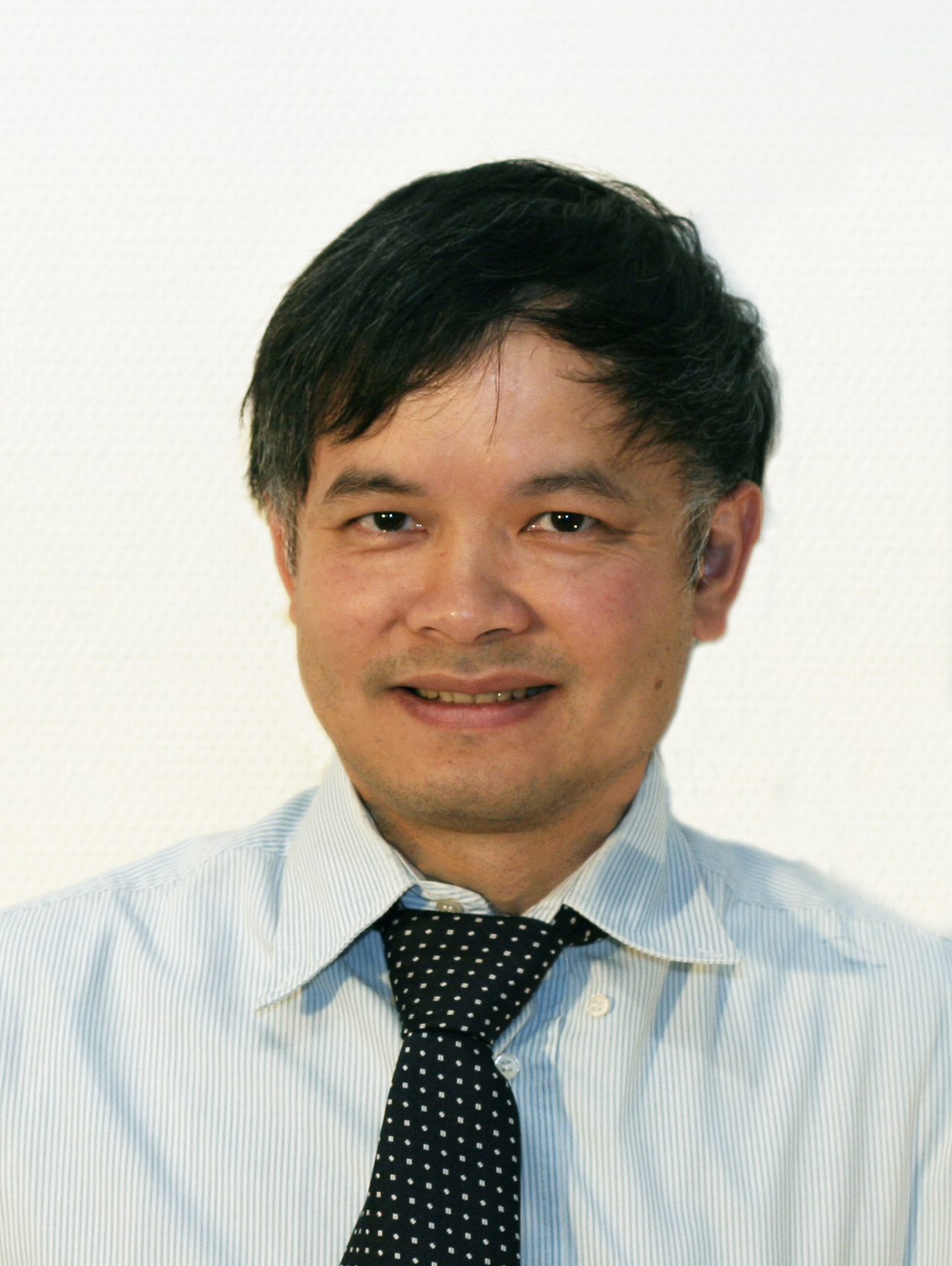Tutorials
-
Understanding 5G as the ultimate Software-based Next Generation Network for integrated Human and Machine type Communications
by Thomas Magedanz
TU Berlin / Fraunhofer FOKUS
Abstract Today 5G is in the center of global research and development activities of industry and academia. The reason for this is on the one hand the evolution and resulting convergence of various fixed and mobile network infrastructures driven by Software-defined Networking paradigms and, and on the other hand the need to support a broad variety of application uses cases ranging from massive low latency M2M/IOT/Industrial Internet communications up to high speed broadband multimedia communications in high speed trains. There is no doubt, that 5G will be a highly complicated, agile complex system, which will have to unite a lot of existing and ongoing standardization activities in different ICT domains, while providing high flexibility for future adaptions and extensions to new business models, application domains and networking technologies.
This tutorial will provide first an overview of the current definitions, roadmaps, and approaches of the major global 5G initiatives, such as NGMN, 5GPPP, IMT-2000, IEEE, 5GMF, etc to set the floor and gaining an understanding, that 5G will become the ultimate – mainly software-based – global communications infrastructure for any type of applications, including both human to human and machine type communications. Major emphasis will be placed on the 5G central architectural pillars, namely network slicing and virtual network operator enablement, based on recent Software defined Network (SDN), Network Function Virtualization (NFV) and Mobile Edge Comupting (MEC) concepts and technologies.
In the second part will concentrate on providing the technical background on the influencing technology domains, such as SDN, NFV, MEC and the evolution of multimedia and M2M/IOT control platforms, which in emerging 5G architectures might be realized in dedicated network slices. In addition, we will illustrate how disruptive control and end-to-end architectures for new tactile internet like applications might look like in other network slices.
The last part of this tutorial motivates the need for 5G Testbeds enabling the practical experimentation – proof of concepts – of 5G infrastructures and applications, going beyond pure simulation and emulation. Therefore a short overview of available 5G Testbed initiatives will be given, including the new 5G Berlin Testbed (www.5GBerlin.org), which is based to a large extend on the Fraunhofer FOKUS OpenXXX software toolkits, such as Open5GCore, OpenSDNCore, and OpenBaton.
A final Q&A Session will conclude this half day (3 hours) tutorial.
Contact: magedanz@ieee.org
Biography  Thomas Magedanz (PhD) is full professor in the electrical engineering and computer sciences faculty at the Technische Universität Berlin, Germany, leading the chair for next generation networks (www.av.tu-berlin.de) since 2004. In addition, he is director of the next generation network infrastructure competence center at the Fraunhofer Institute FOKUS (www.fokus.fraunhofer.de/go/ngni) in Berlin since 2003.
Thomas Magedanz (PhD) is full professor in the electrical engineering and computer sciences faculty at the Technische Universität Berlin, Germany, leading the chair for next generation networks (www.av.tu-berlin.de) since 2004. In addition, he is director of the next generation network infrastructure competence center at the Fraunhofer Institute FOKUS (www.fokus.fraunhofer.de/go/ngni) in Berlin since 2003.Since 25 years Prof. Magedanz is working in the convergence field of fixed and mobile telecommunications, the internet and information technologies, which resulted in many international R&D and consultancy projects centered around the softwarization of networks and namely the prototyping of advanced Service Delivery and Control Platforms for converging fixed and mobile Next Generation Networks for major international network operators and equipment manufacturers. In the course of his research activities he published more than 300 technical papers/articles and his OpenXXX software toolkits and the build upon advanced mobile broadband network testbeds for 3G 4G and 5G prototyping are used in many pioneering R&D and innovation labs around the globe.
The newest Fraunhofer research toolkits are centered around 5G, SDN/NFV/MEC, M2M/IOT and collectively form the new 5G Playground (www.5G-playground.org) which has been established in 2015. The Open 5G Playground has been extended in 2016 towards the 5G Berlin Testbed (www.5GBerlin.de), which should enable Berlin to become a major 5G capitol in the near future.
For more details and a longer version look here:
http://www.av.tu-berlin.de/menue/team/prof_dr_thomas_magedanz/














Finally i quit my day job, now i earn decent money online you should
try too, just type in google - bluehand roulette system